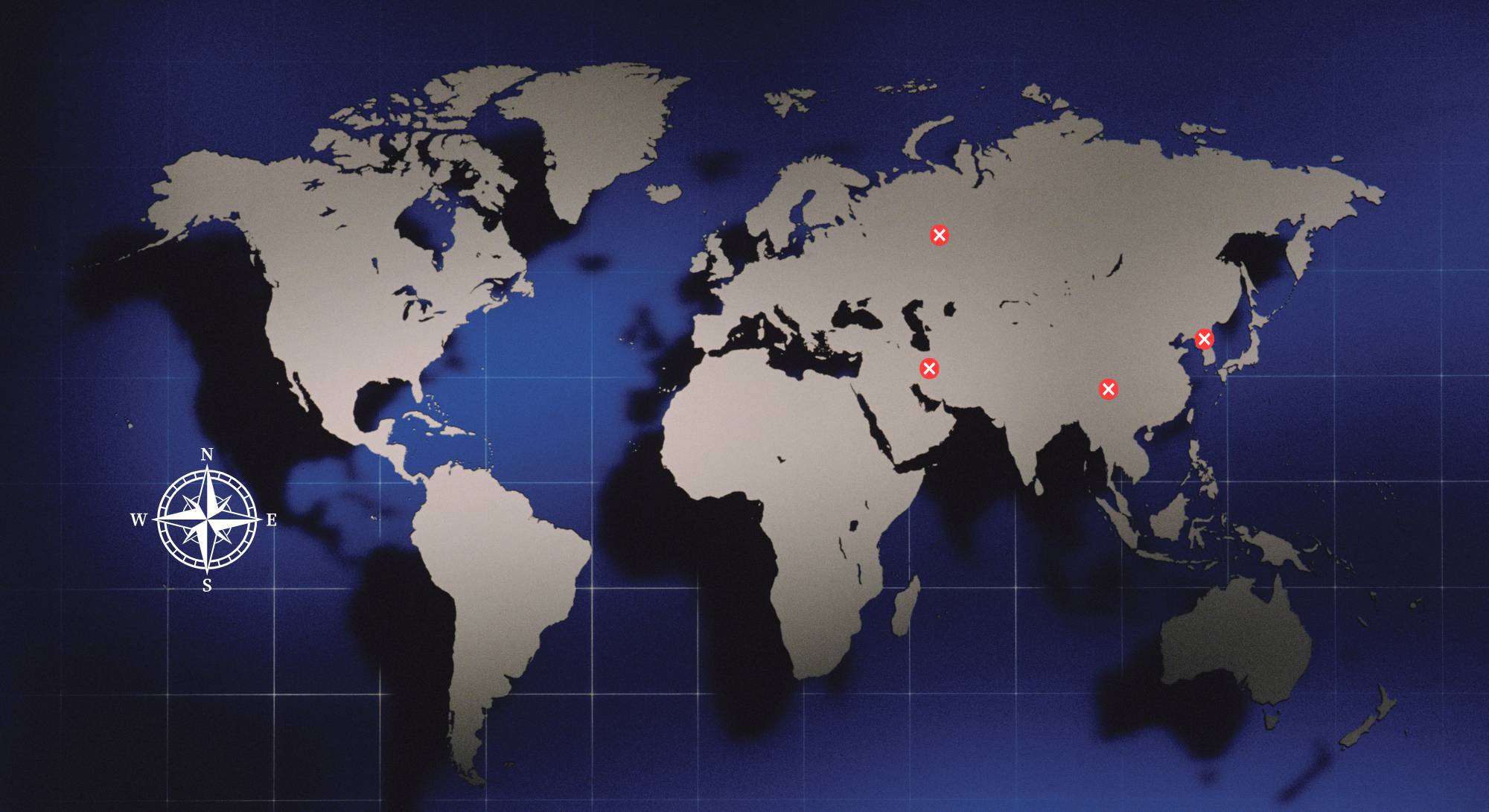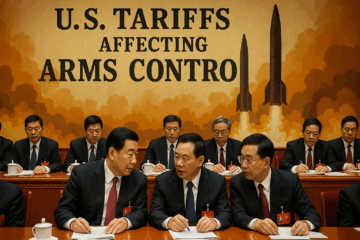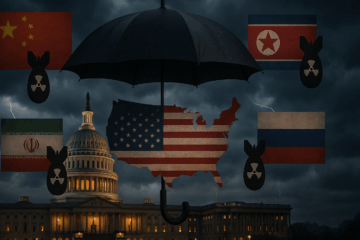Open-Source Intelligence (OSINT) involves collecting, analyzing, and utilizing information from publicly available sources to inform decision-making within the intelligence community. It provides critical insights without the need for clandestine operations, making it a cost-effective and legally compliant method of gathering intelligence.
The recent surge in OSINT intake is driven by the exponential growth of digital information, the proliferation of social media, and the increasing availability of online data. These factors have expanded the volume and variety of accessible information, enabling intelligence agencies to glean valuable insights from a vast array of sources, ranging from news articles and social media posts to academic publications and government reports. However, this influx of data necessitates advanced tools and techniques to manage, analyze, and extract actionable intelligence efficiently.
Artificial Intelligence (AI) and Machine Learning (ML) applications are being implemented across the American intelligence community to enhance capabilities, resulting in a significant increase in OSINT intake. Managing this surge requires leveraging advanced technology, enhancing analytical capabilities, and ensuring efficient collaboration. AI and ML algorithms automate data collection, filtering, and initial analysis. The development of natural language processing (NLP) tools to process large volumes of text data in multiple languages will mature over time with appropriate investment. Additional investment in scalable big data platforms that can handle OSINT data will be critical, utilizing cloud-based solutions for storage and processing to ensure scalability and flexibility.
Human capital enhancement is crucial for any strategic intelligence strategy. There must be an increased focus on recruiting and developing specialized training for intelligence analysts in OSINT techniques, tools, and methodologies. Continuous education programs will keep analysts updated on the latest technologies and trends. Expanding hiring efforts to identify experts in data science, cybersecurity, linguistics, and regional studies will increase the talent pool capable of enhancing the analytical capabilities of the intelligence community. By fostering an environment that promotes continuous learning and expertise in emerging technologies, the intelligence community can stay ahead of adversaries and ensure that their analysts have the necessary skills to leverage advanced tools effectively.
Interagency collaboration within the American intelligence community and with trusted allies is vital. Creating joint OSINT task forces involving multiple agencies fosters collaboration and information sharing, leveraging unique capabilities and expertise. Developing standardized protocols and best practices for OSINT collection and analysis enhances situational awareness and reduces duplication of efforts.
By establishing clear lines of communication and cooperation, intelligence agencies can ensure a more unified approach to addressing emerging threats and challenges. This collaboration also extends to international partners, creating a robust intelligence-sharing network that provides a broader perspective and pools resources to counteract the strategic moves of adversaries.
From a strategic perspective, developing secure and user-friendly platforms for sharing OSINT findings across different agencies is essential. Implementing interoperable systems for seamless data exchange, supported by comprehensive policies and guidelines aligned with legal mandates, builds trust between agencies and the public. Ensuring the security and integrity of data and communication channels is paramount, as it protects classified information from cyber intrusions and ensures the resilience of supply chains and critical infrastructure against cyber threats. Enhanced cybersecurity measures are essential for maintaining the trust and operational effectiveness of intelligence operations.
Reversing concerns about the expanding influence of the technology industry is necessary for the defense industry and intelligence community to embrace a collaborative environment that encourages growth, innovation, and trust. The technology industry already has expertise in these domains, which can be leveraged for public-private partnerships to access cutting-edge innovations. By fostering partnerships, the intelligence community can benefit from rapid advancements in technology and stay ahead of emerging threats. Collaboration with the technology industry also provides access to a pool of highly skilled professionals who can contribute to enhancing the capabilities of intelligence agencies.
The intelligence community must embrace public-private partnerships to foster a collaborative environment that encourages innovation. Establishing feedback mechanisms, conducting regular reviews, and setting up innovation labs within intelligence agencies ensures they stay ahead of emerging threats. Feedback mechanisms can include regular debriefings, user surveys, and performance metrics to assess the effectiveness of OSINT strategies. Review processes might involve periodic audits, peer reviews, and after-action reports to identify gaps and areas for improvement. Innovation labs can foster a culture of experimentation and rapid prototyping of new technologies and methodologies. By creating a space for testing and developing new ideas, innovation labs can drive significant advancements in intelligence operations and ensure that agencies are equipped to handle evolving threats.
Continuous improvement and adaptation will be key to maintaining a competitive edge in a dynamic and ever-changing global threat landscape. Establishing feedback mechanisms to continually assess the effectiveness of OSINT strategies and make necessary adjustments is essential. Conducting regular reviews and audits to identify gaps and areas for improvement will ensure that the intelligence community remains agile and responsive to emerging threats and challenges. Enhancing all-source analytical techniques for integrating OSINT with other intelligence sources (HUMINT, SIGINT, etc.) will provide a comprehensive view of the intelligence landscape, bridging the knowledge and awareness gaps that often plague the intelligence community.
To further support these advancements, the intelligence community must also embrace public-private partnerships to leverage the technology industry’s expertise and foster a collaborative environment that encourages innovation. Establishing feedback mechanisms, conducting regular reviews, and setting up innovation labs within intelligence agencies will ensure they stay ahead of emerging threats and challenges. By fostering a culture of experimentation and rapid prototyping, innovation labs can drive significant advancements in intelligence operations and ensure that agencies are equipped to handle evolving threats.
Managing the surge in OSINT requires a holistic approach that combines technological innovation, enhanced human capital, effective interagency collaboration, and robust policy frameworks. By adopting these strategies, the intelligence community can maintain its edge in an increasingly complex and dynamic world.
Joshua Thibert is a Senior Analyst at the National Institute for Deterrence Studies (NIDS). With nearly 30 years of comprehensive expertise, his background encompasses roles as a former counterintelligence special agent within the Department of Defense and as a practitioner in compliance, security, and risk management in the private sector. Views expressed are his own.
About the Author

Joshua Thibert
Joshua Thibert is a Contributing Senior Analyst at the National Institute for Deterrence Studies (NIDS)with over 30 years of comprehensive expertise, his background encompasses roles as a former counterintelligence special agent within the Department of Defense and as a practitioner in compliance, security, and risk management in the private sector. His extensive academic and practitioner experience spans strategic intelligence, multiple domains within defense and strategic studies, and critical infrastructure protection.




